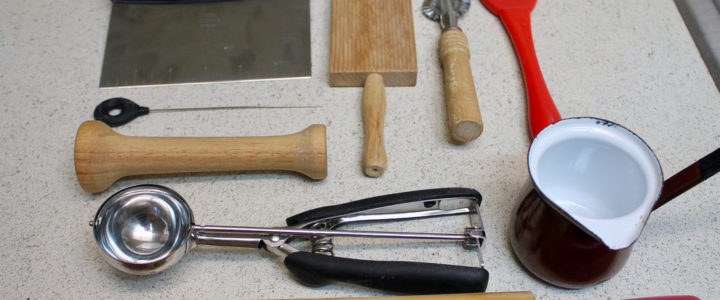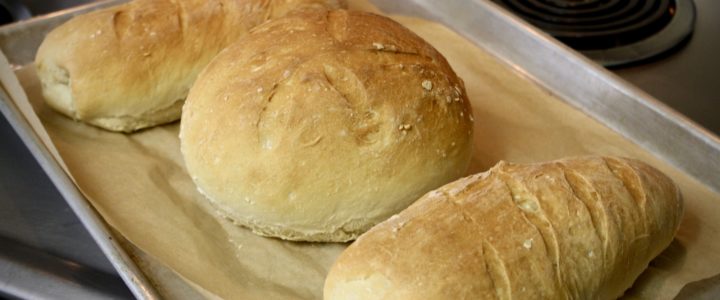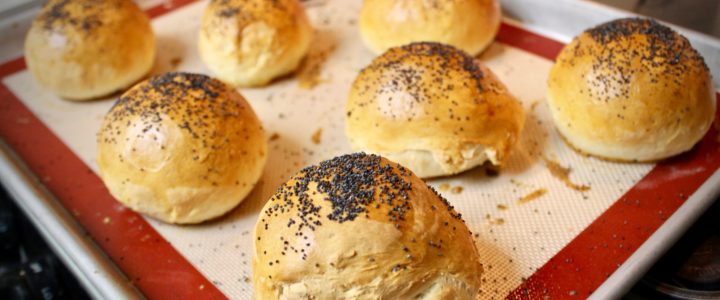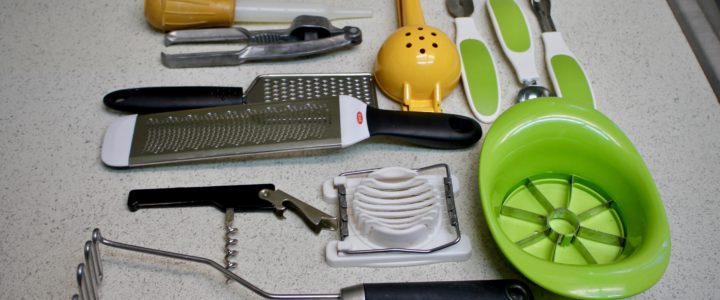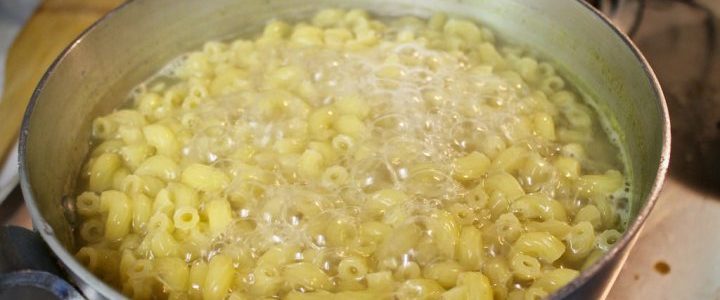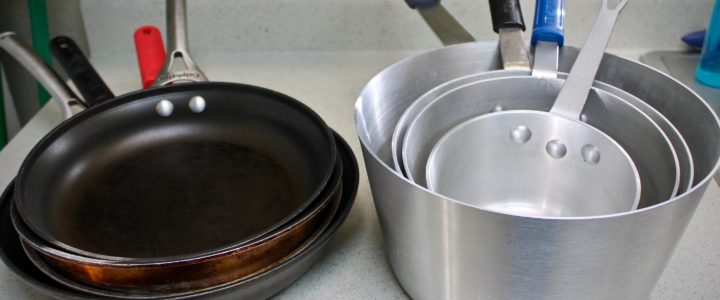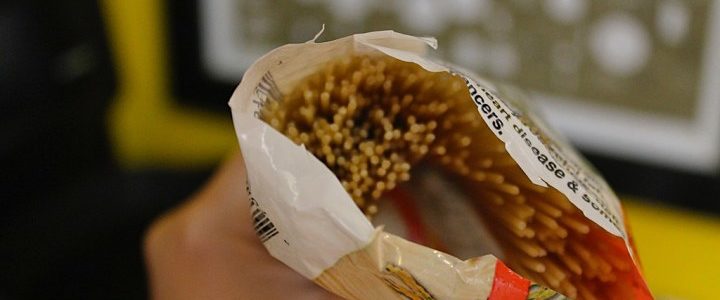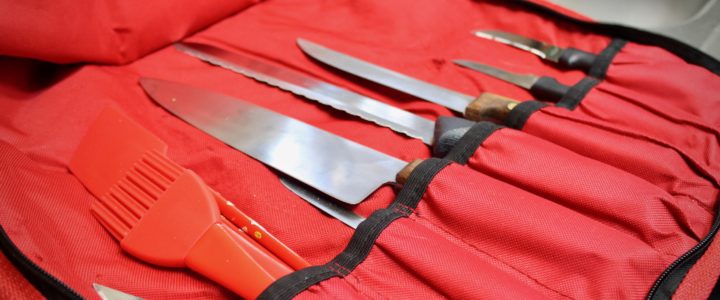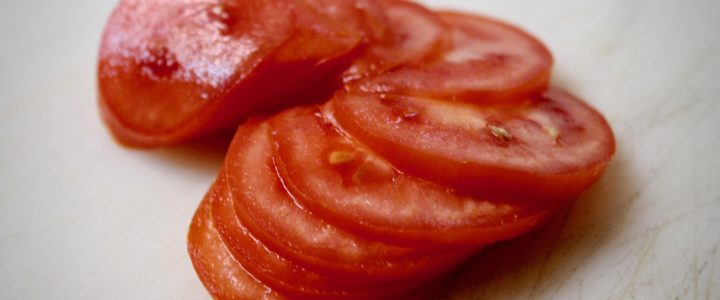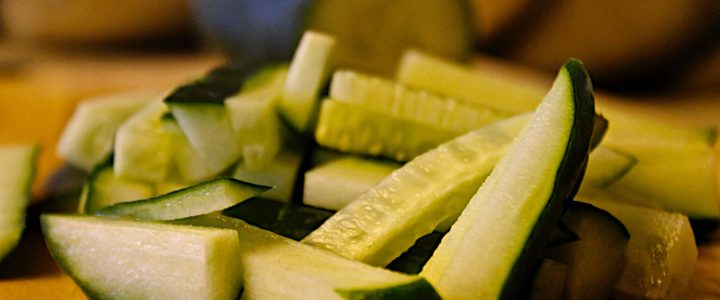Finishing out the month with a Cooking School entry that’s been in my queue for OVER A YEAR. I took the pictures for 18-16: Basic Kitchen Tools at the same time as 18-3: Good Kitchen Knives, 18-6: Basic Pots and Pans, and 18-15: Basic Kitchen Utensils, but somehow just never got around to actually producing the entry on it. Well, better late than never, I suppose.

My plan for this entry is pretty much going to be like the ones I linked above that are similar to it–a few quick blurbs about each of the tools, and perhaps a few shots of some of my own gear that corresponds to the pictures. It’s going to be a wild ride.
Read more

